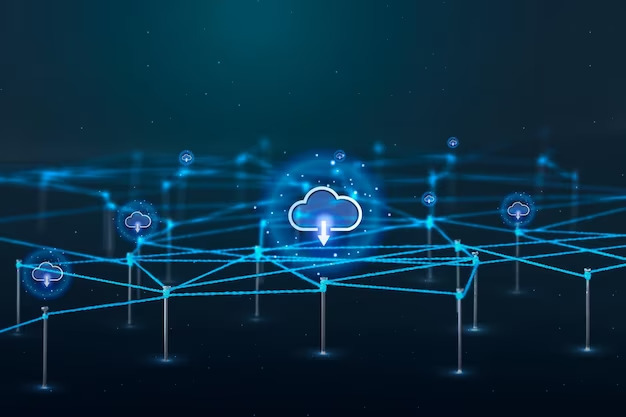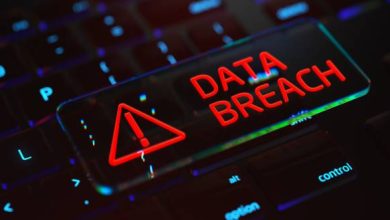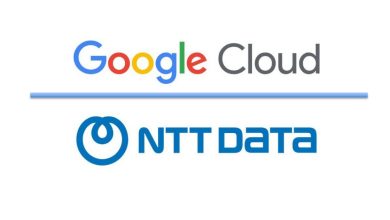
 Dell Technologies has ended the year by offering up a few resolutions for CISOs and IT leaders in a special virtual media brief. These resolutions, according to John Roese, Global Chief Technology Officer at Dell, will help key decision-makers not only stay ahead in enterprise technologies but also make the most of innovations, avoid tech-related problems and navigate whatever new things technology begins to offer.
Dell Technologies has ended the year by offering up a few resolutions for CISOs and IT leaders in a special virtual media brief. These resolutions, according to John Roese, Global Chief Technology Officer at Dell, will help key decision-makers not only stay ahead in enterprise technologies but also make the most of innovations, avoid tech-related problems and navigate whatever new things technology begins to offer.
1. I Will Not Use the Cloud Without Understanding Its Long-Term Costs.
While it may be true to some extent that using the cloud can reduce some operational costs, it should be noted that such is not always the case. The problem, according to Roese, is many organisations make cloud decisions that are not well thought out and sometimes based purely on emotion. This often results in a lack of a clear understanding of the long-term costs of the cloud.
Evidently, such a scenario is more common than one would expect, and it underscores the need to be more circumspect and judicious in either your choice of cloud or in your multi-cloud strategy. Otherwise, there is a high likelihood that your multi-cloud strategy will be immature and that cloud-related costs will be much higher in the long run than you initially anticipated.
2. I Will Define My Zero-Trust Control Plane.
Implementing zero-trust is a must, given the ever-increasing attack surface and the ever-evolving threats just waiting for a vector to exploit. It is so crucial, in fact, that it can serve as the cornerstone of your cybersecurity architecture—provided, of course, you define your zero-trust control plane. This means making clear who has access to what and for when, defining policies and identifying threats. In this way, you will be able to establish a consistent identity, policy and threat management for the entire enterprise.
It is crucial to not only deploy zero-trust but also to define its control plane because the aforementioned attack surface is only going to expand. This is due to the continued acceleration of digital transformation, which is set to pick up even more as the global economy starts to kick into higher gear moving forward. Businesses in the region seem to know this all too well, with 74% of those surveyed admitting to Dell that they are concerned about experiencing a disruptive event within the coming year.
3. I Will Determine Where to First Deploy Quantum-Safe Cryptography.
It will not take very long before quantum computing becomes available to enterprises, and companies looking to leverage it will need to start now—largely because there will be risks and threats to data.
“Quantum computing is getting real,” Roese said. “In a few years, we will have access to large enough quantum systems that will pose a significant risk to encrypted data across public networks. However, organisations now also have the tools to make their data quantum safe.”
Roese advises enterprises to use these available tools in making a catalogue of their cryptographic assets across the entirety of the organisation and then identify potential threats. Only then can they think about investing in quantum simulation to enable their data science and Artificial Intelligence teams to learn fully about quantum computing, the new languages it uses and the issues that may ultimately arise.
Technology Will Continue to Be Critical in the Region
One of the overriding themes of the Dell media brief is that technology will remain a critical fixture in the world of enterprise globally and, in particular, here in Southeast Asia and the greater Asia-Pacific region.
“Technology remains at the forefront of transformation, digital unity and driving human progress. APJ’s continued growth is expected despite the uncertain macroeconomic climate, and the region’s population will continue to increase,” said media brief host Amit Midha, President, Asia-Pacific & Japan and Global Digital Cities, at Dell. “We need to expand how we think about technology to better harness it. This will help us navigate and shape the future of society.”
Harnessing technology is, ultimately, the end goal of Roese’s resolutions, as the optimal use of innovation, according to Midha, can potentially drive forward economic well-being and enable connected, digitally powered society “based on digital unity and not divides.”




